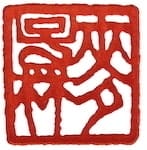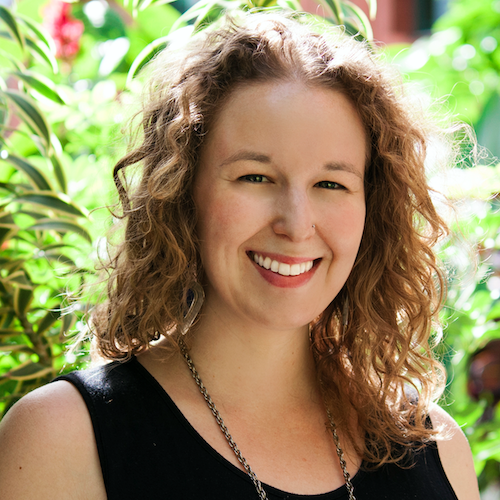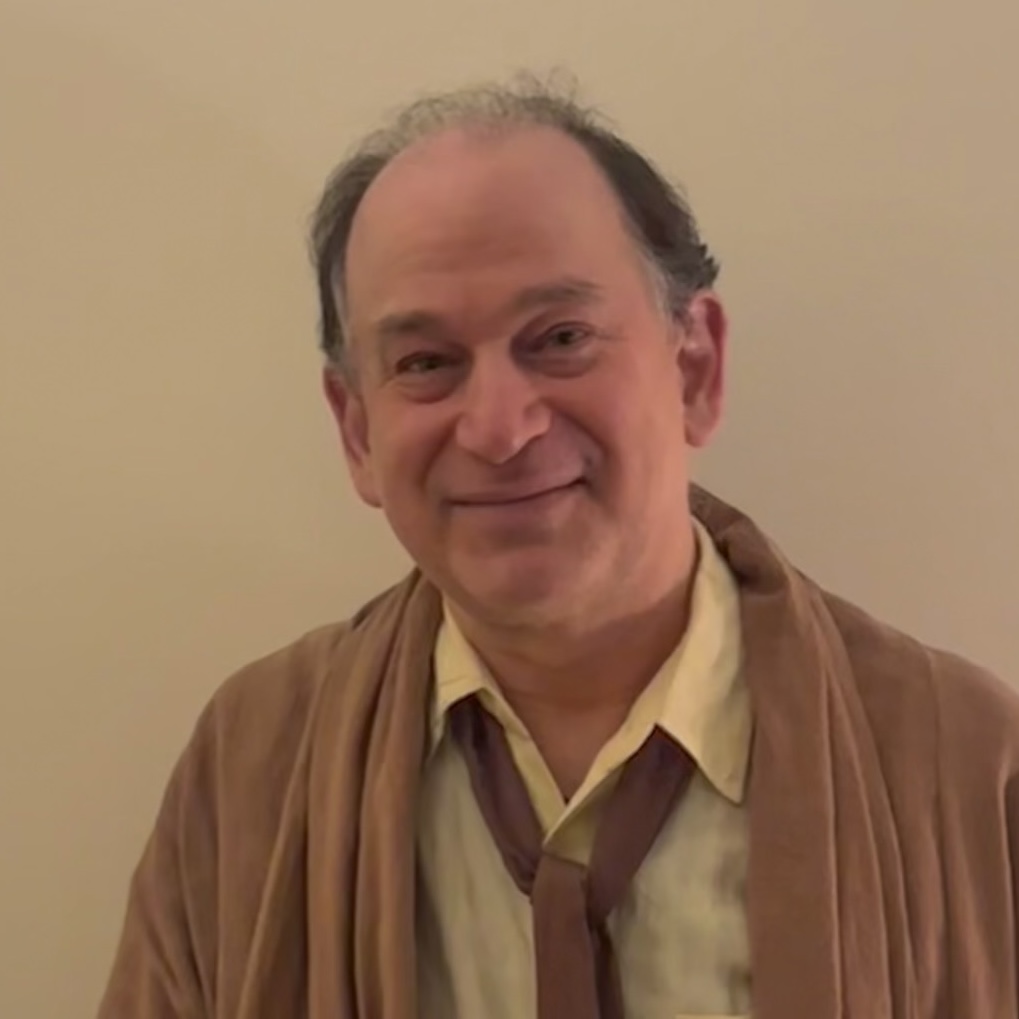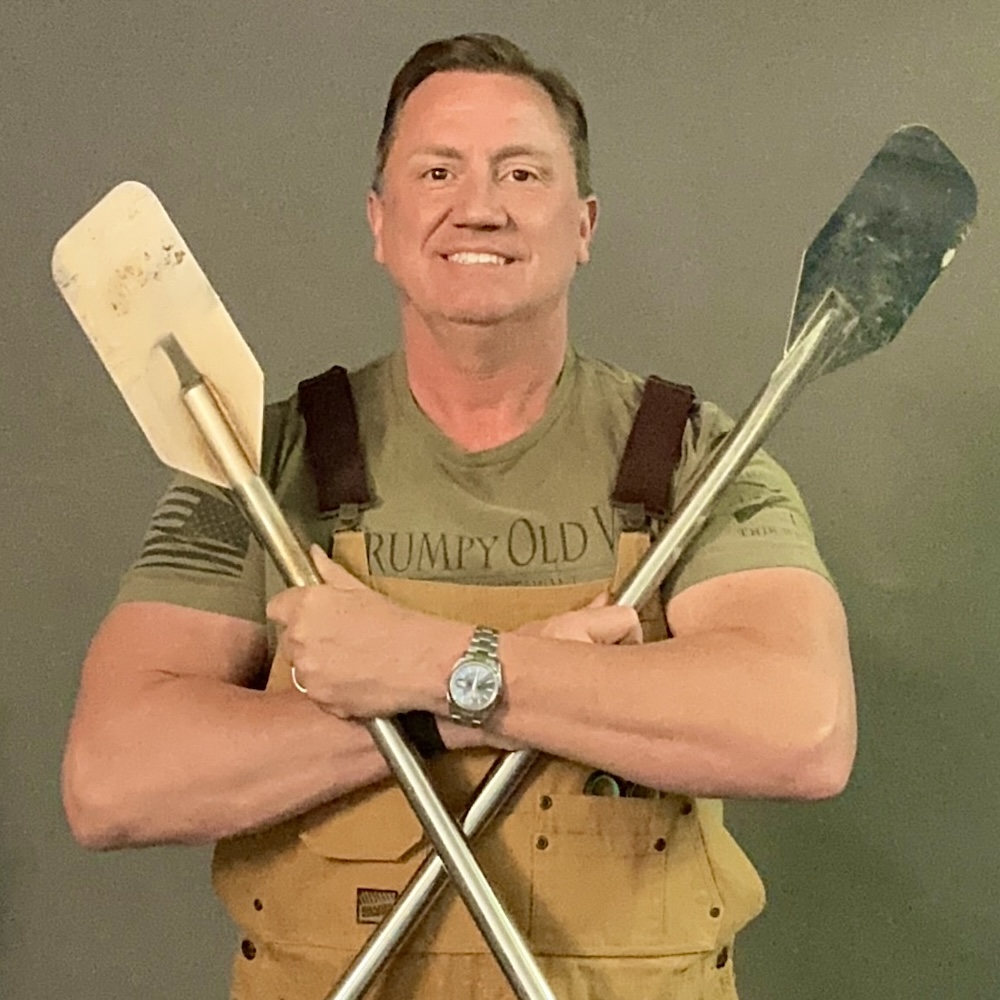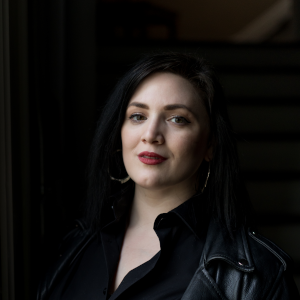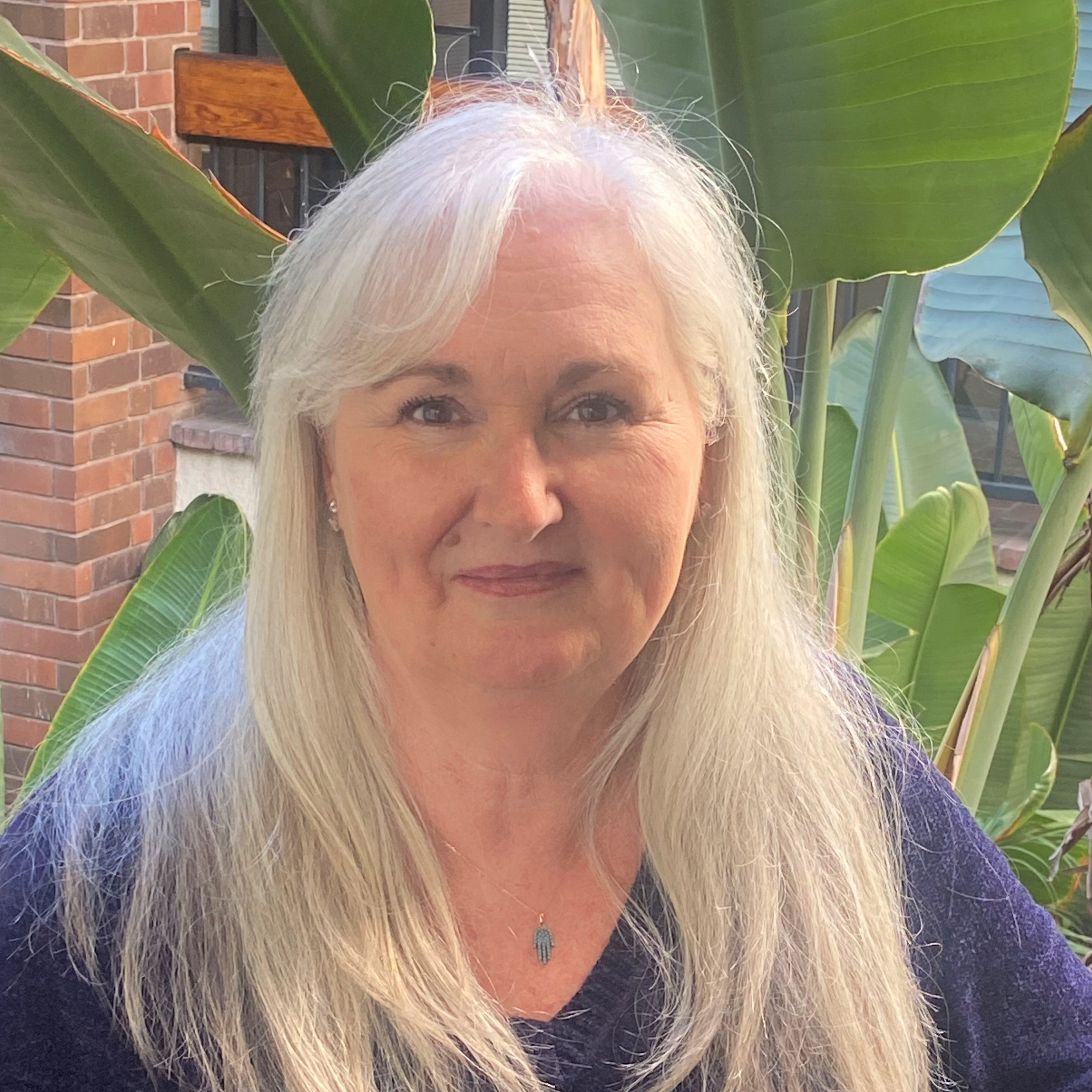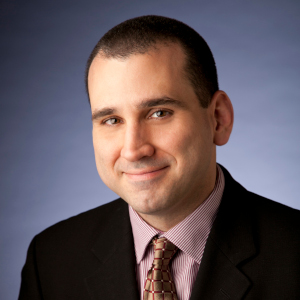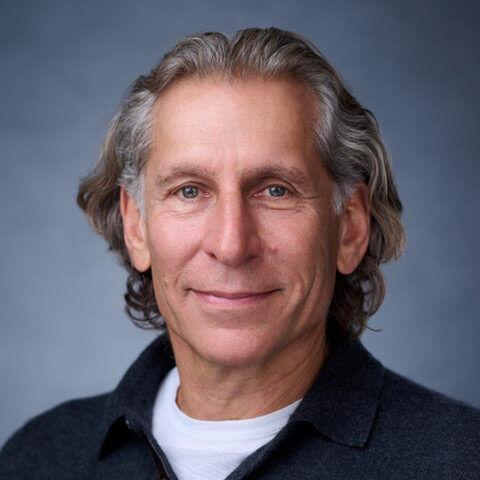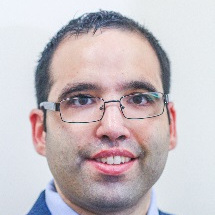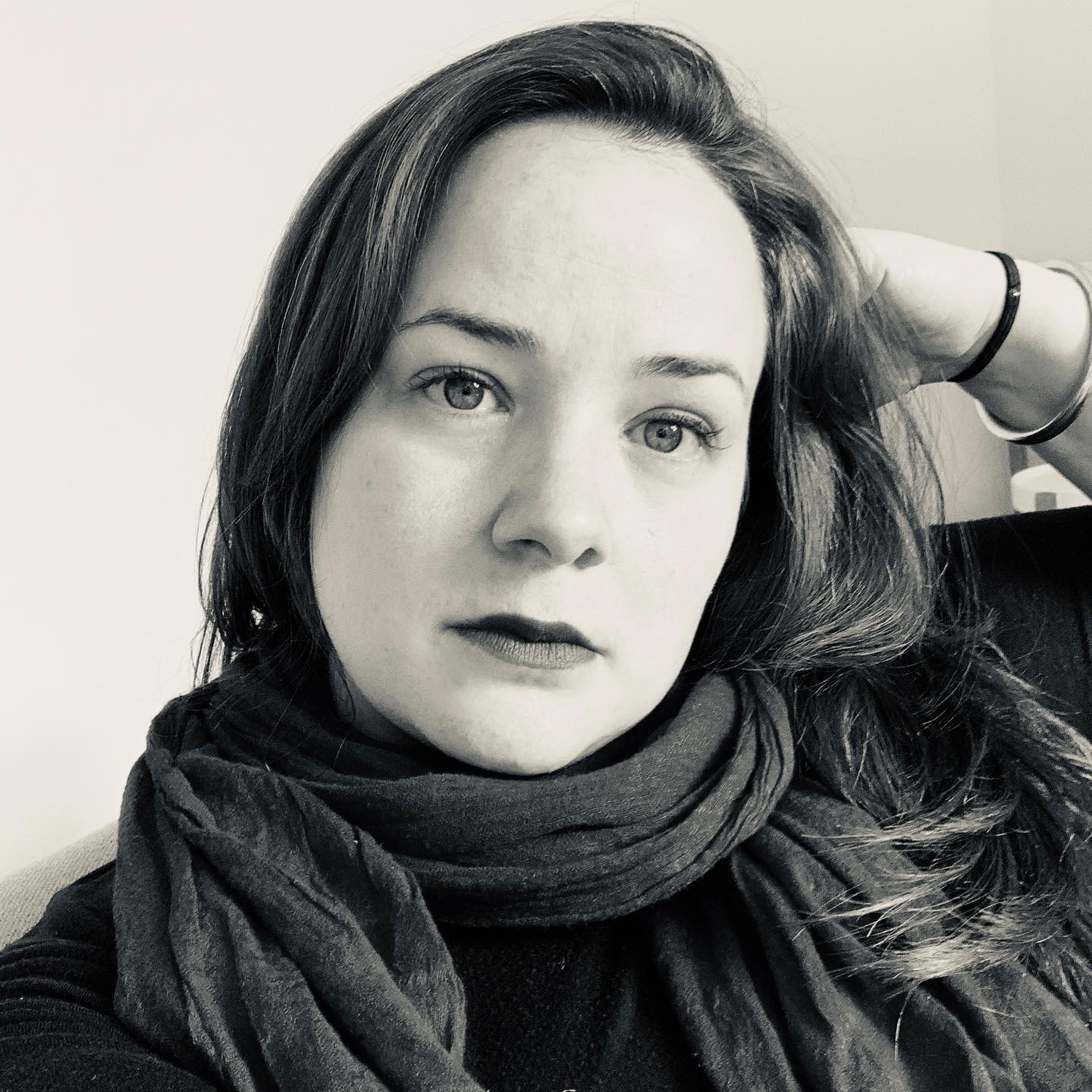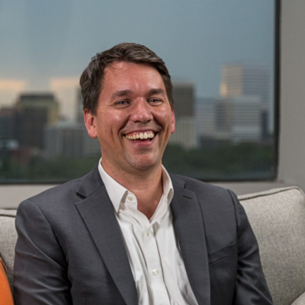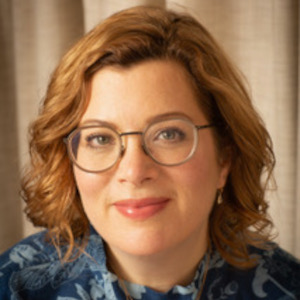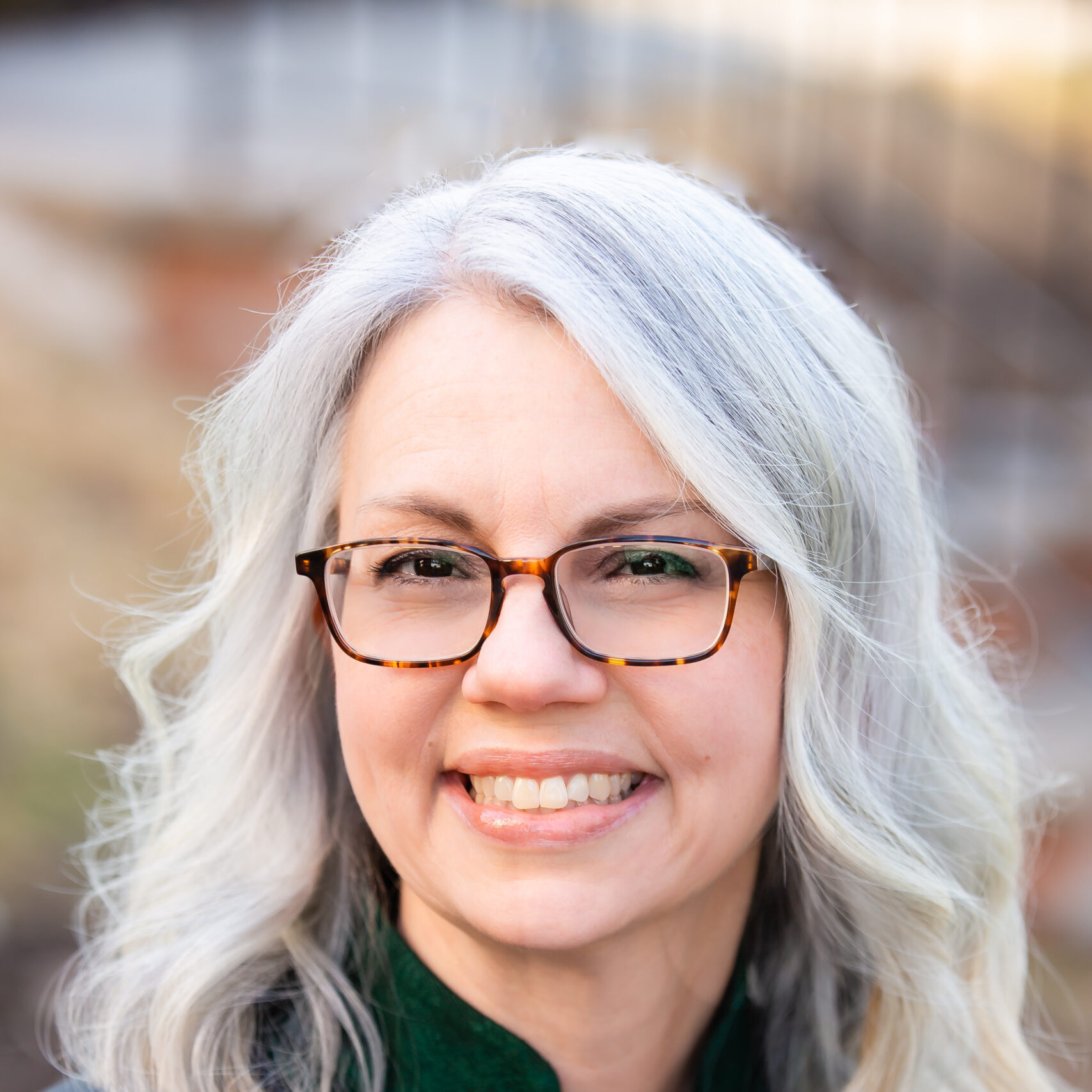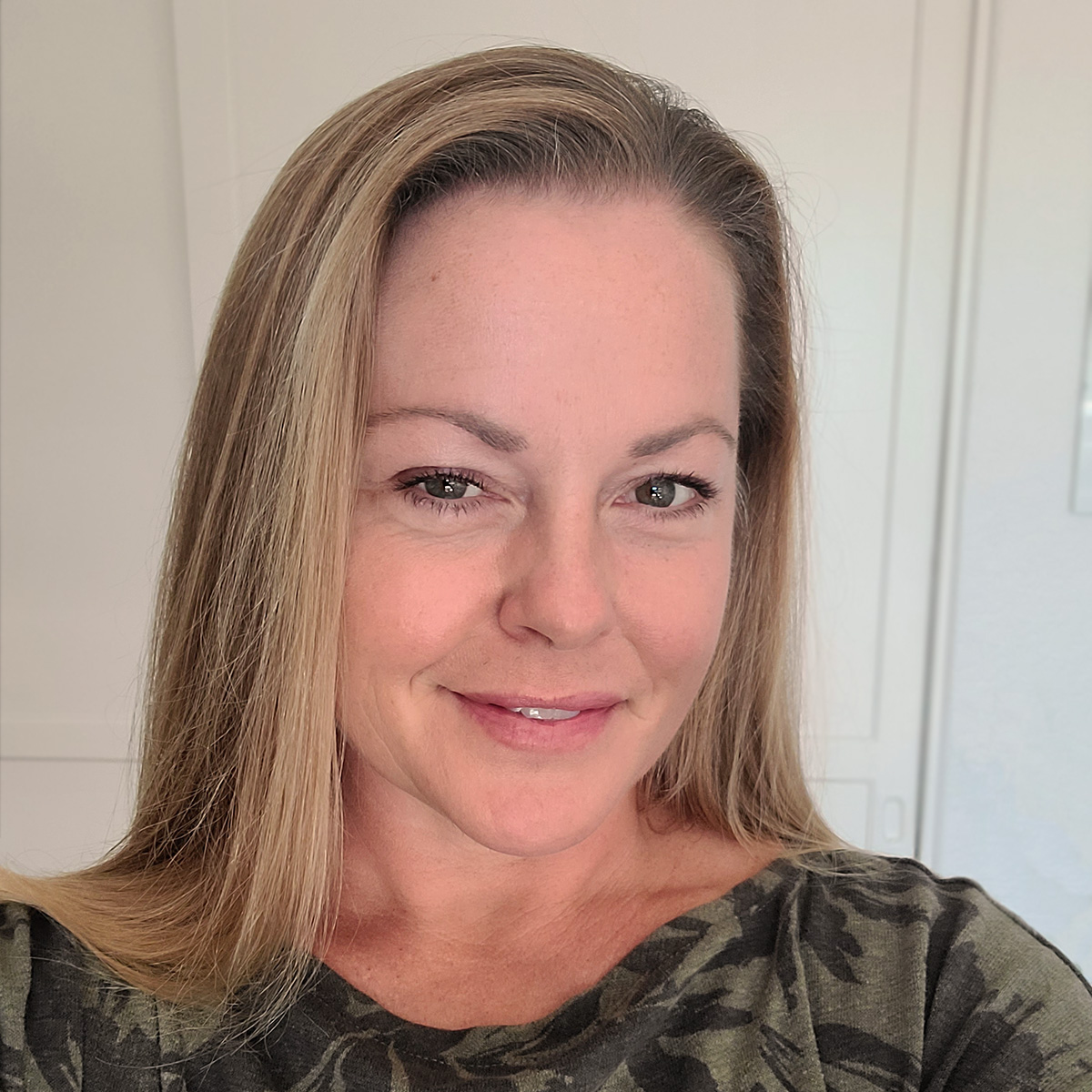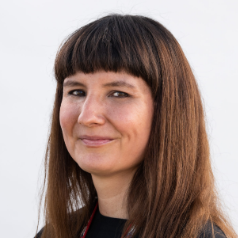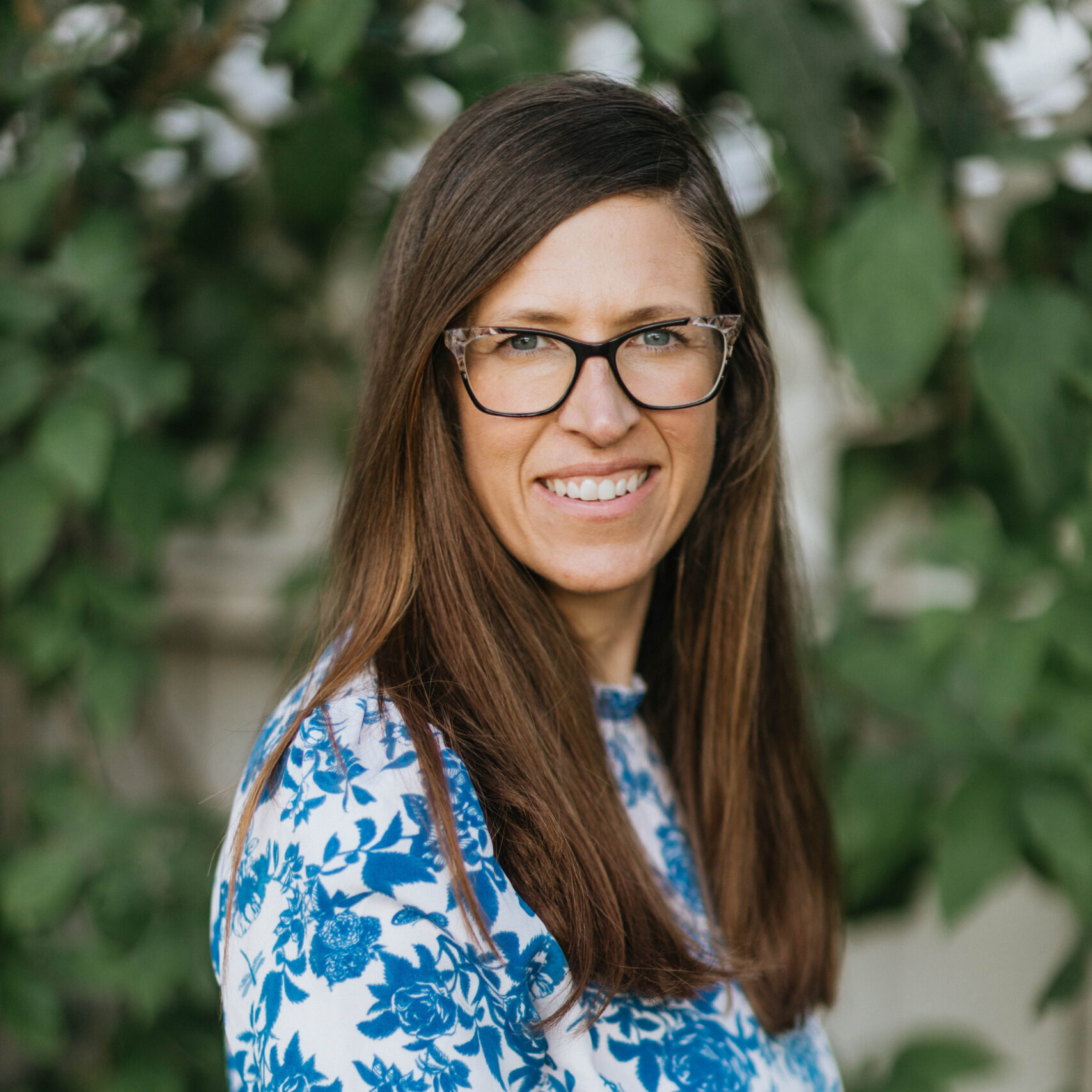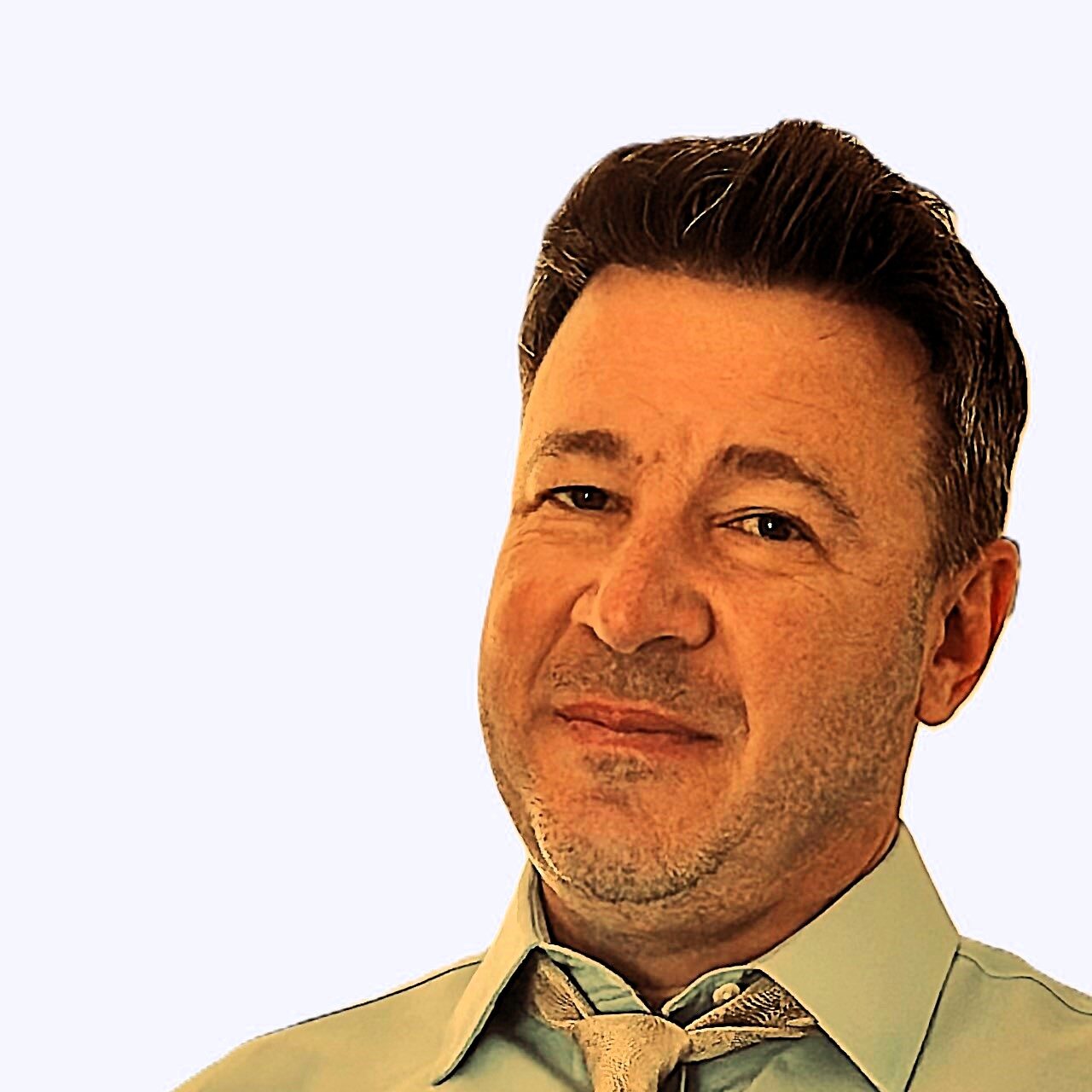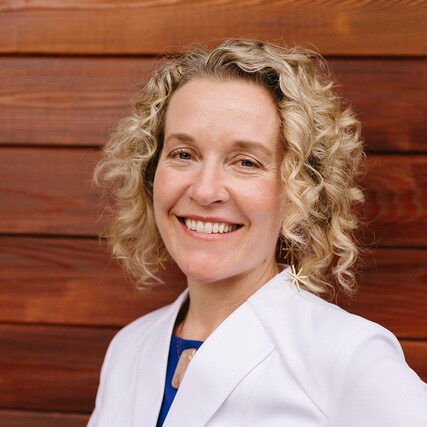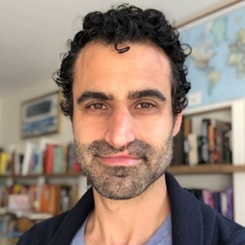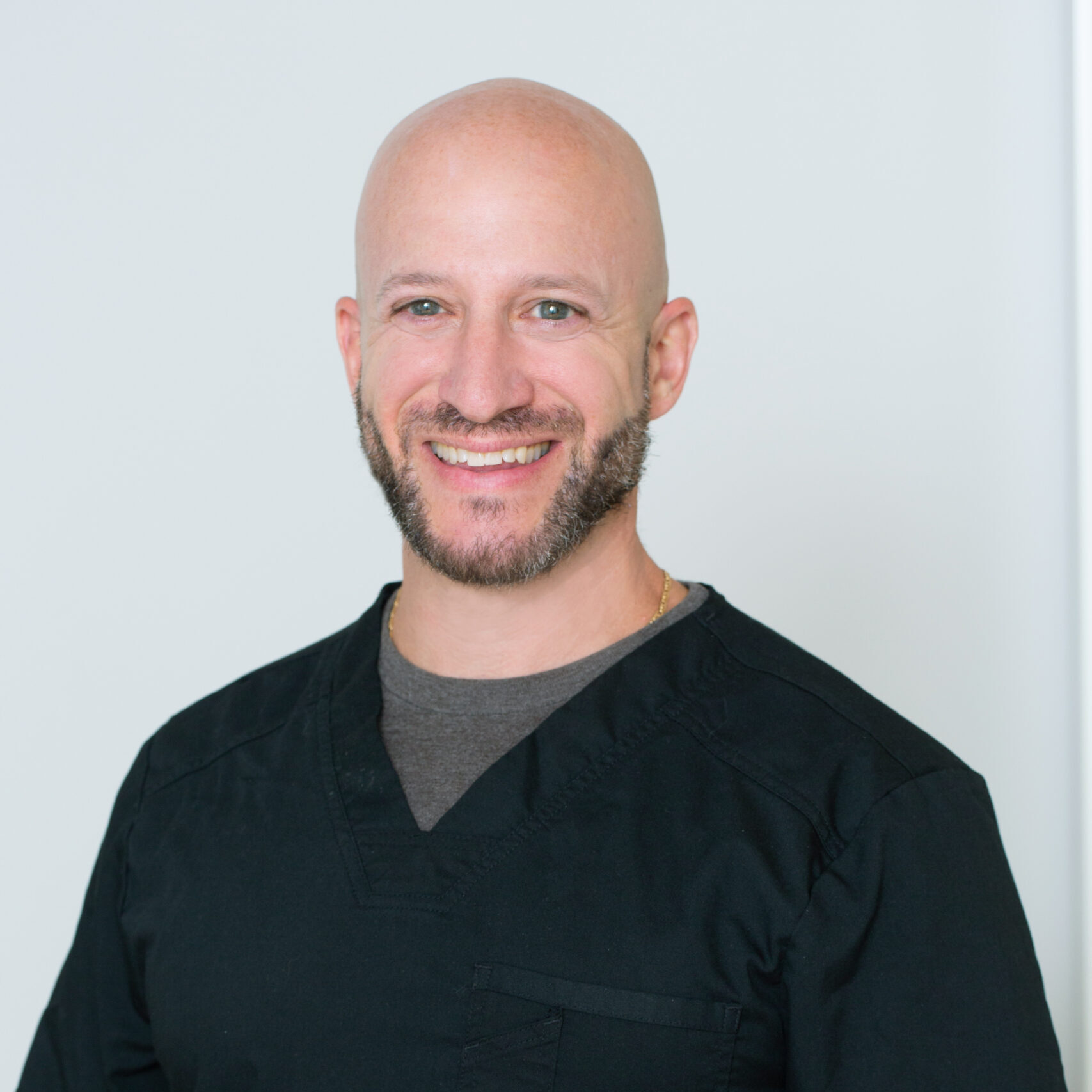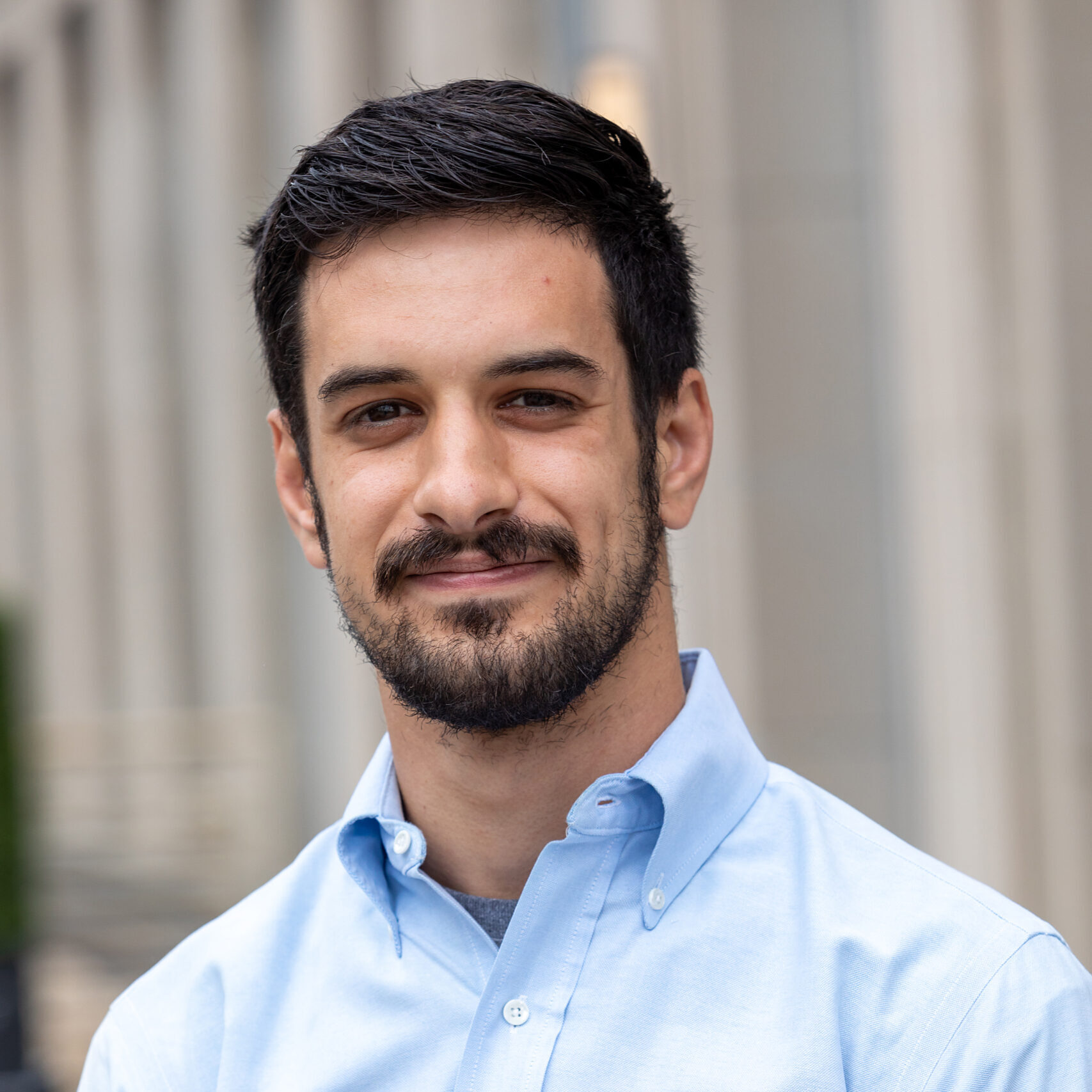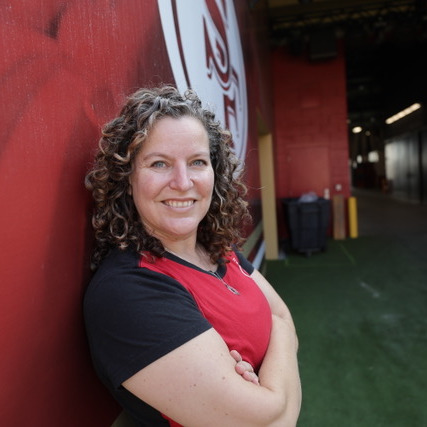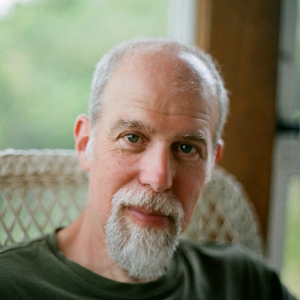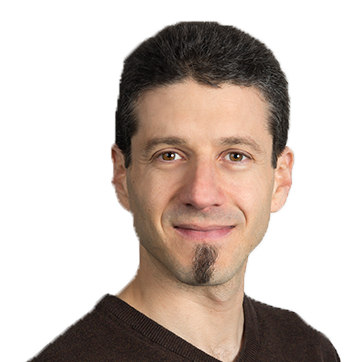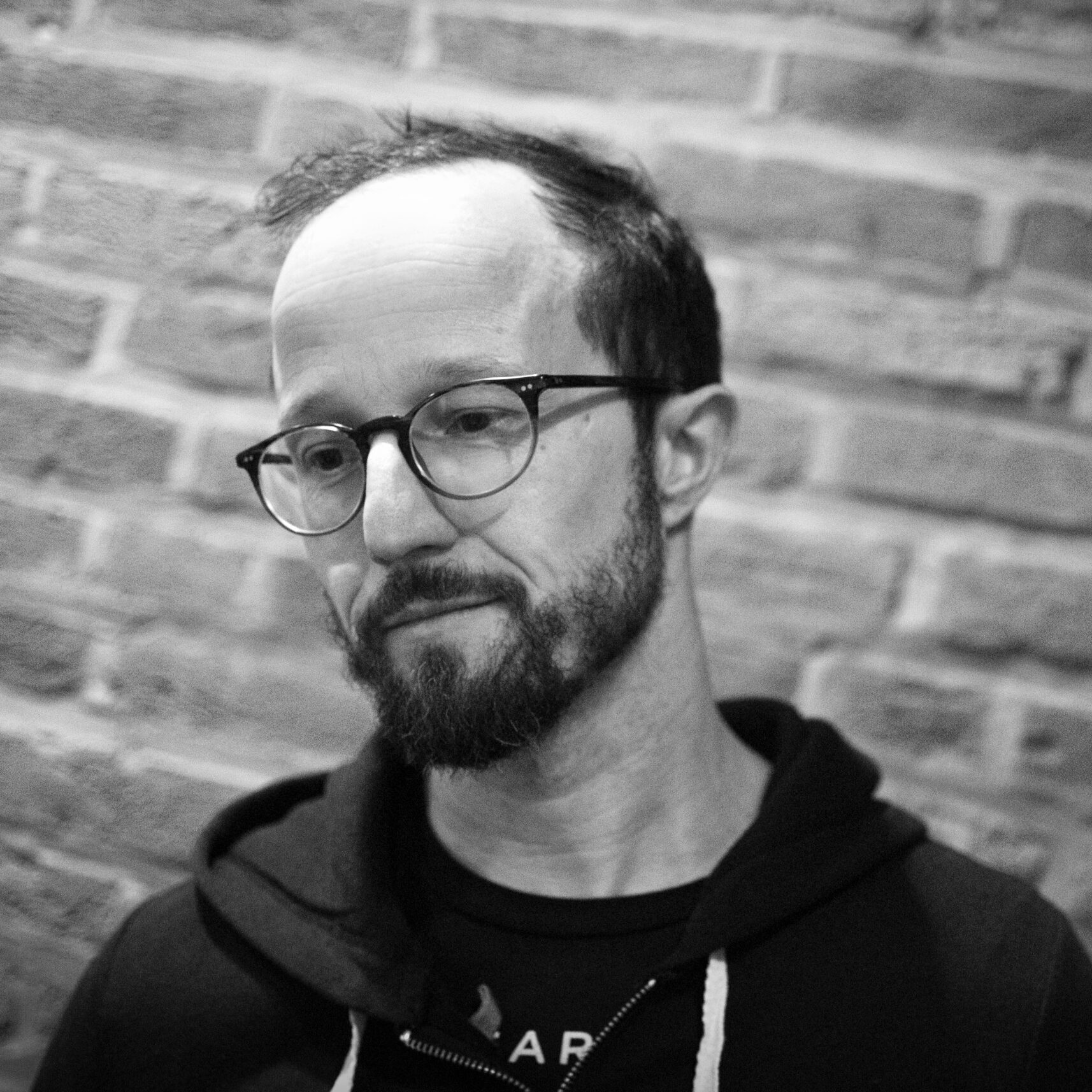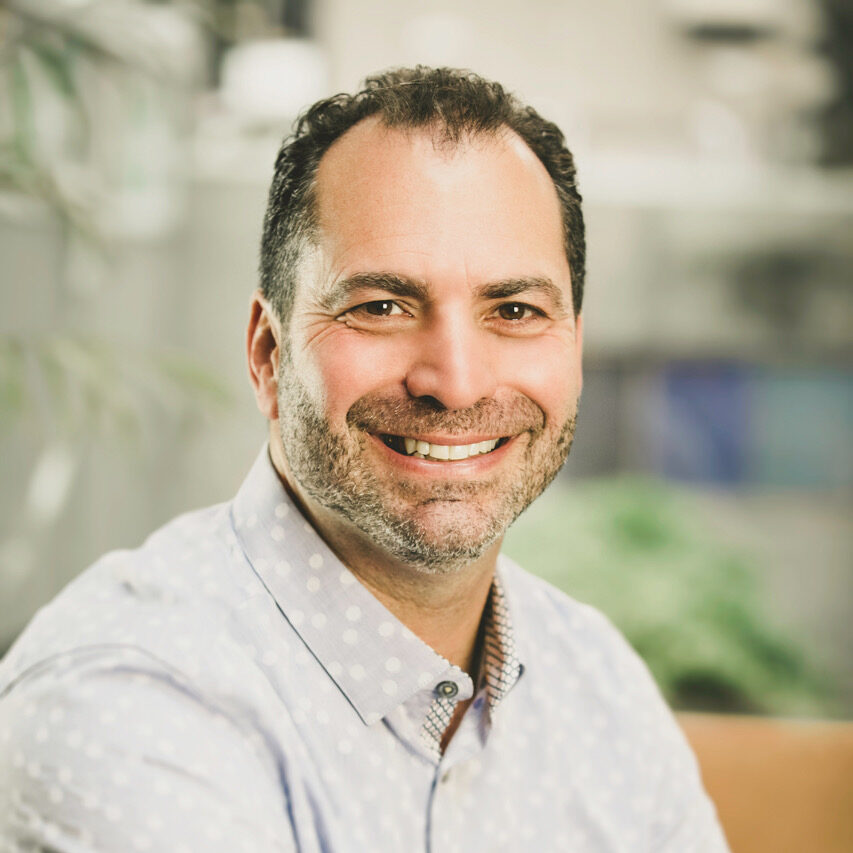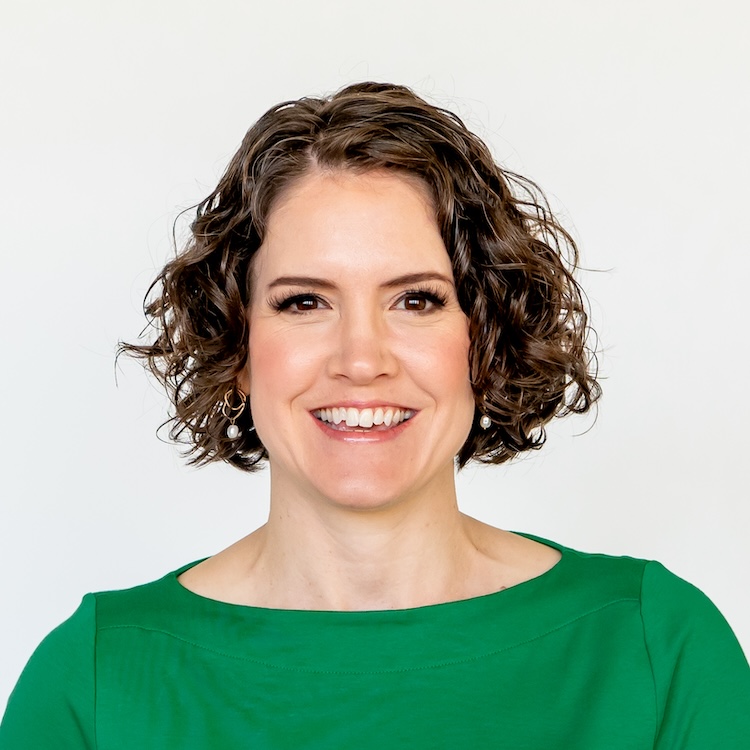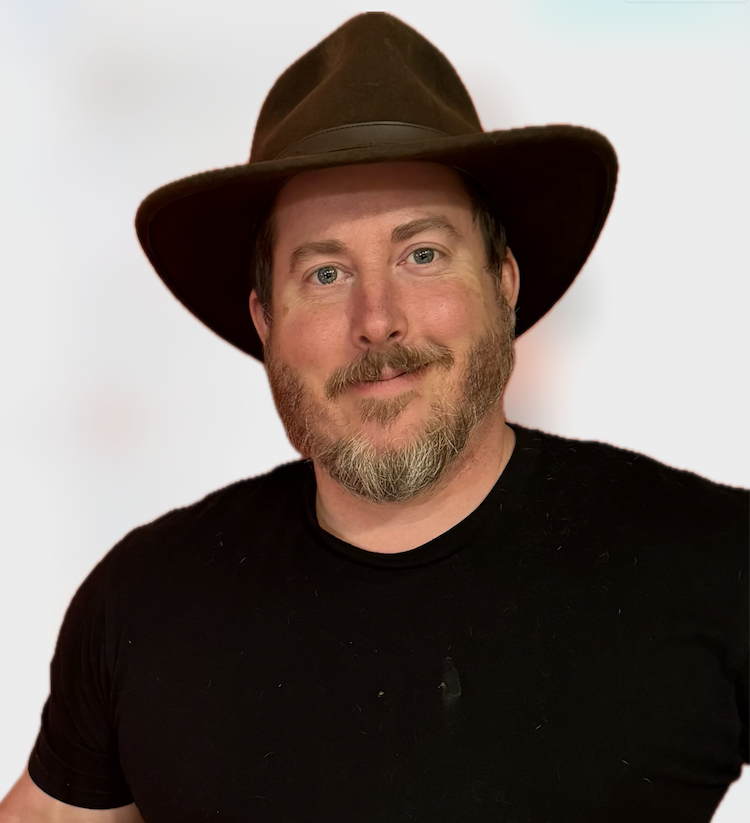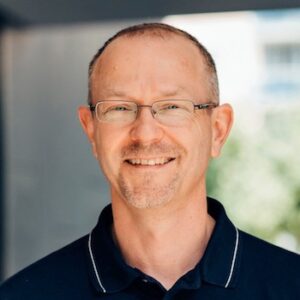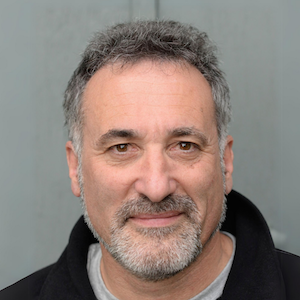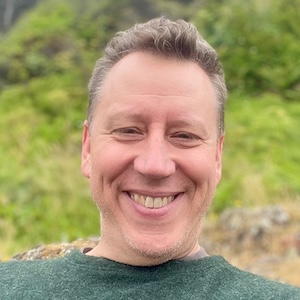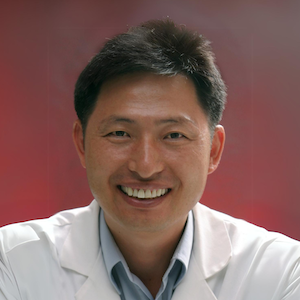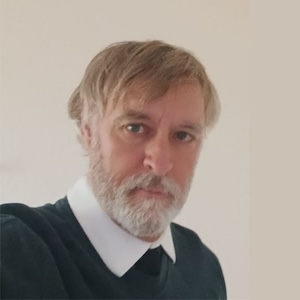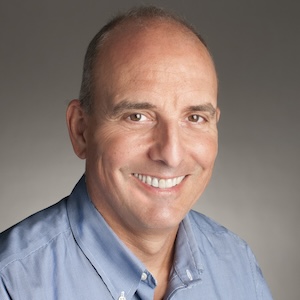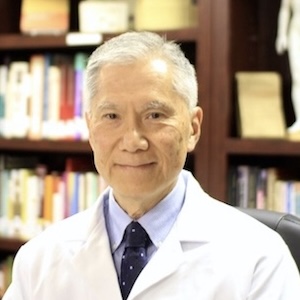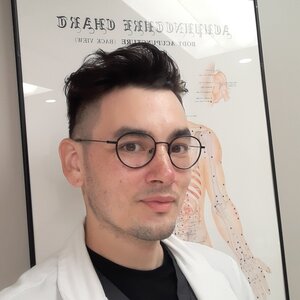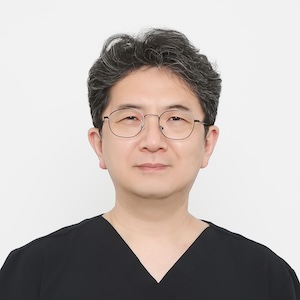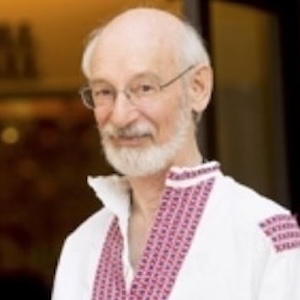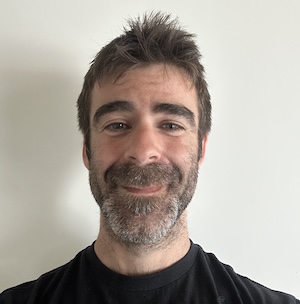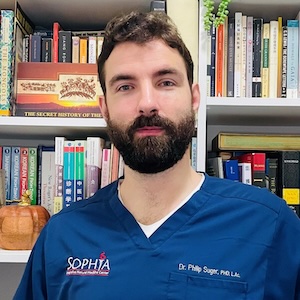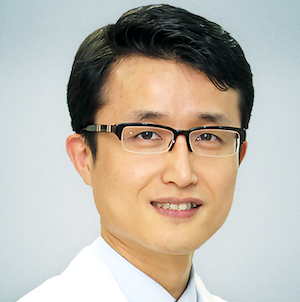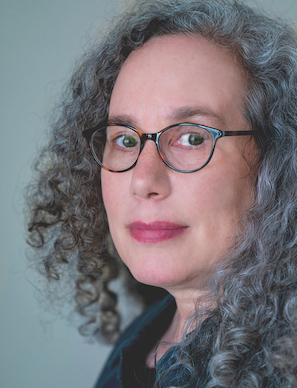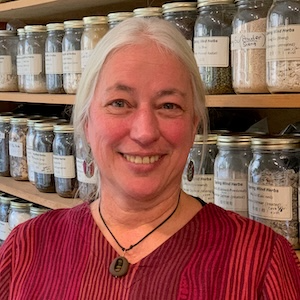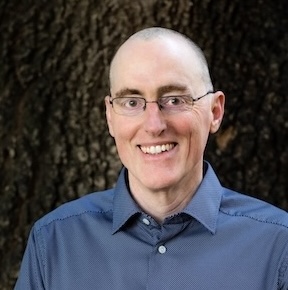The classics are more than just a way to focus our thinking in clinic, they are part of a perspective that sees the world as an integrated and ever evolving whole.
It can be a challenge for us with our modern linear, rational, material perspective to grasp the the fractal perspective of a world that made up of resonance, and where observer and observed are both parts of a greater whole.
Listen into this conversation on the classic medicine perspective as it can unfold both in clinic and our lives.
In This Conversation We Discuss:
- How Phil got in to TCM
- Key Fundamentals
- What is the Tan Yan Jin?
- Using the opinions of modern masters
- Focusing on principle
- Open, Close, Pivot
- Understanding proper physiological function
- Zhen Wu Tang
The low-hanging fruit is worth grabbing and mastering, but sometimes the best fruit takes effort to reach. There's a whole world beyond simple prescriptions and protocols. Striving to master principles rather than specific applications keeps the medicine immensely interesting, powerful and effective.
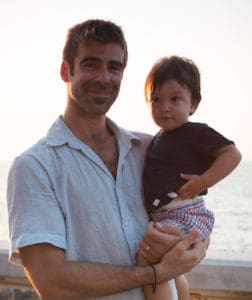
Phil Settels, L.Ac
Imagine the validation you'd feel if you were a second year student nervously attending the first weekend of a 15-seminar course, and another participant turns around and tells you he's doing the course for a second time because he hadn't found a better teacher in his 25 years of practice. Imagine that this type of scenario repeated over and over again within your first 10 years of engagement with Chinese Medicine. That's been my experience in a nutshell, and it's why I've fallen in love with Chinese Medicine and have accepted my fate as a lifelong student.
I began my studies with Dr. Arnaud Versluys while still in the 2nd year MSTCM student , and it quickly became clear to me that the Shanghan Lun and other Han Dynasty Classics would be the primary object of my academic and clinical focus for the rest of my life. I went on to study with Dr. Huang Huang and am currently engaged in a PhD program at NJUCM under his tutelage. I study with Dr. Suzanne Robidoux, who has opened up the Hu Xi Shu lineage of Jing Fang to the Western World. I've also had the fortune of studying orthopedics and physical medicine with Whitfield Reaves and Anthony Von der Muhll, who are not only exceptional teachers of clinical skills and techniques, but who emphasize how to think rather than simply how to treat. My enthusiasm for my teachers was so great that as a recent graduate from my MSTCM program I was asked to design a DAOM curriculum, which I based on the two specializations that so inspired me; Classical Chinese Medicine and Integrative Orthopedics and Pain Management. In the program's first cycle in 2017-2018, thirty of my colleagues got to experience the abundance of high-quality teaching (some used the analogy of drinking out of a firehose) that have marked my learning over the last 10 years, and their responses were as validating as I could have hoped.
Clinic is where all these wonderful teachings come together. I have the numerous voices of my exceptional teachers in my head, guiding me as I treat patients. In chronic and complex internal medicine conditions I consider the formula presentation correspondence as taught by Dr. Huang Huang, I consider 6-conformation physiology and pulse images as taught by Dr. Arnaud Versluys, I categorize signs and symptoms into the 6-Syndrome framework as taught by Dr. Suzanne Robidoux, etc. When treating a musculoskeletal pain condition I start from the top down, ruling out the most severe etiologies and then assessing through orthopedic and manual muscle testing to precisely localize the lesion. I then combine the theories and techniques taught by Whitfield Reaves and Anthony Von der Muhll, and distant needling systems like Tung Acupuncture, as taught by Dr. Henry McCann.
Links and Resources
Phil is instrumental in the creation and running of the DAOM program at the Academy of Chinese Culture and Health Sciences
Phil has been influenced by:
The Canonical perspective of Arnaud Versluys
The Hu Xi-Shu/Feng Shi-Lun jing fang tradition as taught by Suzanne Robidoux
The work of orthopedic acupuncture work Anthony Von der Muhll
Join the discussion!
Leave a comment on Qiological's Facebook page.
